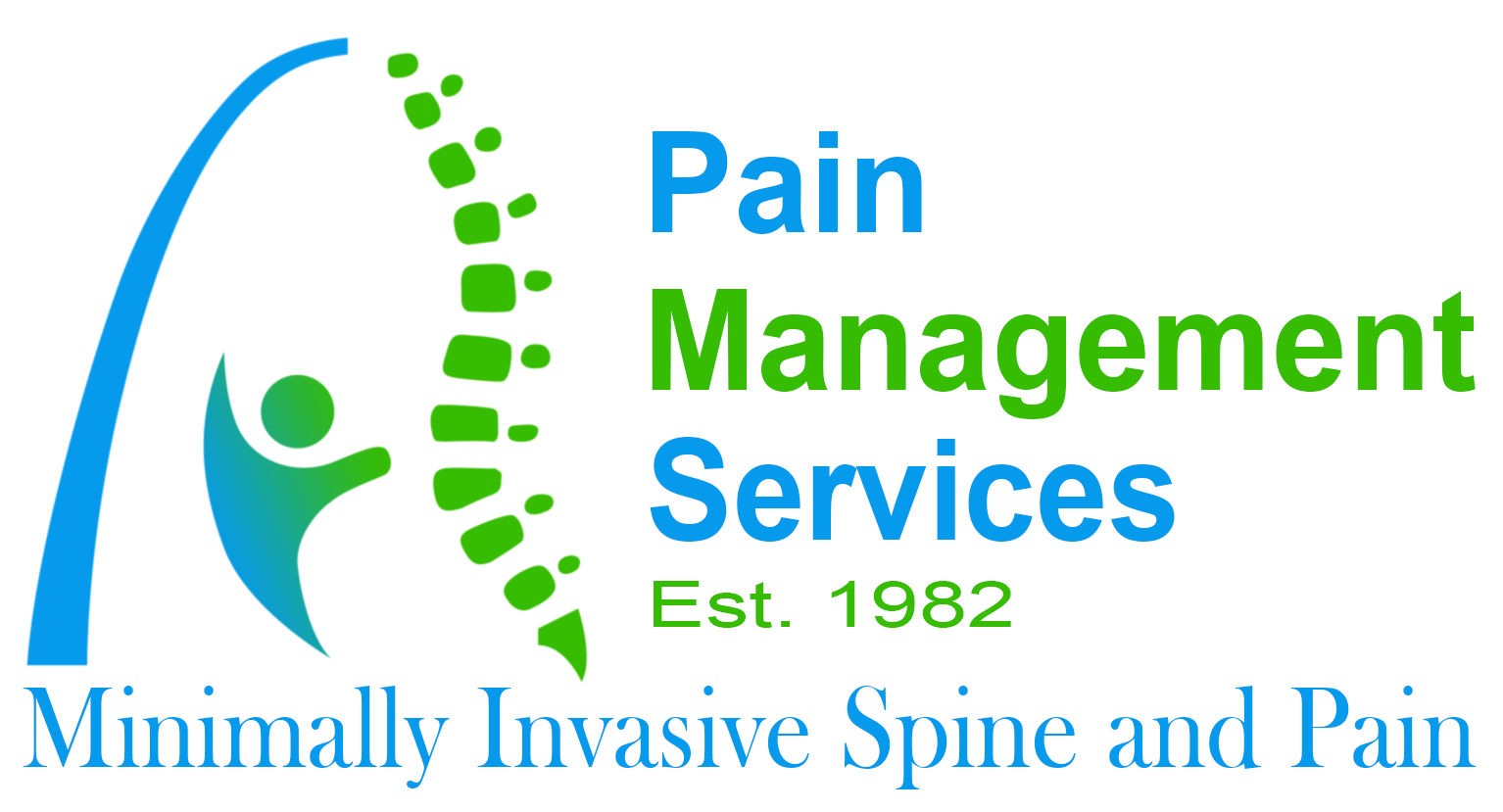Troublesome leg pain can be easily dismissed as part of the aging process – it can even be surmounted by arthritis, especially around the joints. But when that leg pain occurs in the muscles, then it shouldn’t be ignored. Pain throughout the legs that occurs within the muscles could easily be a sign of peripheral vascular disease. As a common blood-vessel disease, it can increase the risk of heart attacks and strokes. Getting it diagnosed and treated is very important; the earlier it’s diagnosed, the better outcomes you can have for treating it.
What is Peripheral Vascular Disease?
Peripheral vascular disease is a condition that’s often overlooked due to the fact that it typically occurs as a sign of aging. However, it is a chronic, serious condition that slowly restricts blood flow to the legs when the arteries become clogged and can impact other areas of the body. Symptoms of PVD are also hard to spot, as most people tend to ignore their symptoms. But when certain signs show up, it’s important to call your primary care physicians as soon as possible. Some symptoms people should look out for include:
- Pain or cramping in the legs or hips
- Cramping while walking that goes away when resting
- Numbness or weakness throughout the legs and feet
- Aching in the foot during resting periods
- legs and feet that feel colder than the rest of the body
- Foot sores that won’t heal
Most people at risk for peripheral vascular disease include those who are ages 50 and older and have diabetes, high blood pressure, and high cholesterol. Often, these conditions tend to have a greater risk for those with immune deficiencies, Type 2 diabetes, and other conditions that can impact the bloodstream, so it’s important to check with your doctor to get a proper diagnosis.
When To See The Doctor For Serious Leg Pain
When you visit your care provider, they’ll be able to provide you with diagnostic tests to detect the presence of vascular disorders such as PVD. One of the most common tests used by doctors is the ankle-brachial index, which can be used to detect PVD alongside your risk factors. Despite its seriousness, this condition can be managed with lifestyle changes such as diet and exercise, and drug therapy. Beyond these methods, many pain management and vascular specialists can provide catheter-based and minimally invasive surgical options to repair and destroy the blocked arteries if needed.
So, when should you see a pain management specialist? The answer is as soon as possible, especially if your leg pain interferes with your quality of life. For those experiencing leg pain, whether exercising or at rest, working with a pain management specialist can help you control your condition and ease your symptoms. Through your specialists and vascular care team, they can provide treatment recommendations that work for your lifestyle and help alleviate your symptoms from pain and damage. For more information, contact your pain management specialist today to learn more.









